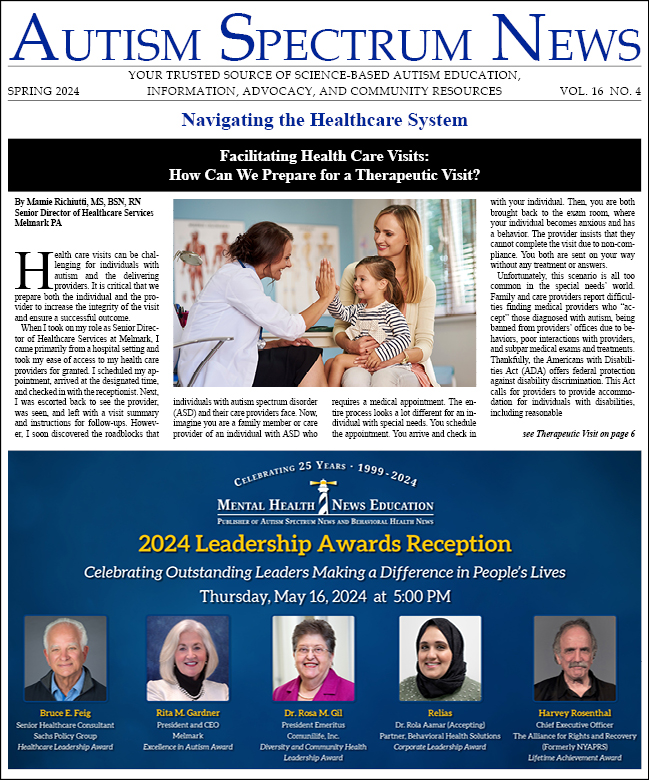-
Make Inclusion Work! Reducing Behavioral Challenges in the Classroom for Children with an Autism Spectrum Disorder
In recent years, there has been an increased emphasis on including students with disabilities in the general education classroom. Over the years, Public Law 94-142, (Education for All Handicapped Children Act, 1975), which was most recently revised in 2004 under the Individuals with Disabilities...





